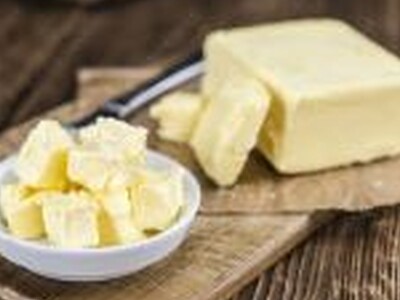Equine winter diet
As Weather Changes, So Should a Horse’s Diet, But Not in the Way Some May Think.“A lot of times, people can get hung up thinking, ‘I need to change up [my horse’s] grain, or I need to change how much grain I feed,’” Dr. Nichols said. However, is either necessary? Not exactly, but there are some other aspects for horse owners to consider.
While a well-meaning sentiment, increasing grain can be harmful to a horse’s health – heightening colic risk and more – and secondly, doing so may not be enough to help a horse maintain their warmth when they need it most.
“Increasing the amount of hay is the best way to increase heat production and keep a horse warm during winter,” Dr. Nichols said. “Horses will naturally increase the amount of hay that they eat, based on the temperatures dropping.”
Regarding how much more hay to provide – remember that the average thermoneutral zone for horses in the U.S. is between 40 and 80 degrees. Dr. Nichols said, as a general rule of thumb, for every one-degree Fahrenheit below the lower range of 40 degrees, horses will need an extra 200 calories.
“So, to put that in perspective, your average hay is going to have between 800 to 1,000 calories per pound. Let's say you've got a 10-degree drop – you're going to need an extra 2,000 calories. All I did there was just take that 10 degrees times 200 calories, and that gets me to 2,000 calories, which is roughly 2 to 3 lbs. extra hay per day. So, if you're feeding small square bales of grass hay, that's probably going to be an extra flake, maybe an extra two flakes.”
Horse owners will need to increase their horse’s hay intake, but what about their grain? When the temperatures drop, upping feed is a common practice (but not recommended). Dr. Nichols shared two specific horse health examples, should horses be fed either a fortified feed or cereal grains, such as whole corn and oats.
Example 1, fortified feed increase – say horsemen are feeding a fortified grain at a recommended level of 4 lbs. per day, then increase by 1 lb. per day. That feed is designed to meet all vitamin mineral requirements, amino acid requirements, etc., at 4 lbs. per day. While that extra pound may not be more harmful, it will provide some extra calories but the calories will be more quickly digested. This means the increased grain does not provide horses with long-term heat production, like hay does.
Example 2, cereal grain increase – say horsemen are feeding a whole corn/oat mix at 4 lbs. per day and decide to double it. Corn and oats are really high in starches and sugars, which puts a really heavy load of sugar on the digestive tract that the small intestine can't digest very well, very quickly. You can then have an overspill of starch into the hind gut of the horse, impacting the balance of the good bacteria in that gut and presenting colic issues; it can also cause founder or laminitis issues in some horses.

















